Belarus
For decades, US relations with Belarus have been strained due to concerns over human rights, democracy, and Belarus’s close ties with Russia. During those years, getting a visa to Belarus required lots of paperwork, complex fees, and submitting one’s passport to a Belarusian embassy. With the continuing conflict in Ukraine, the US State Department advised DO NOT TRAVEL to Belarus. I didn’t think I’d ever get to Belarus.

Surprise, surprise! In March 2025, relations between the US and Belarus’s President-for-Life Alexander Lukashenko warmed considerably. As a result, Americans can now apply on-line for an e-visa for Belarus. Not wanting to miss this opportunity, I uploaded a scan of my passport, proof of a hotel reservation and €65. Within a week, I had a visa to one of Europe’s least visited nations.
Belarus is Europe’s last dictatorship. Lukashenko has been president since 1994. To remain in power, he abolished term limits, disbanded the supreme court, established a one-party congress, took control of the national voting system, jailed his opposition and turned the state-owned television channel into a propaganda service.
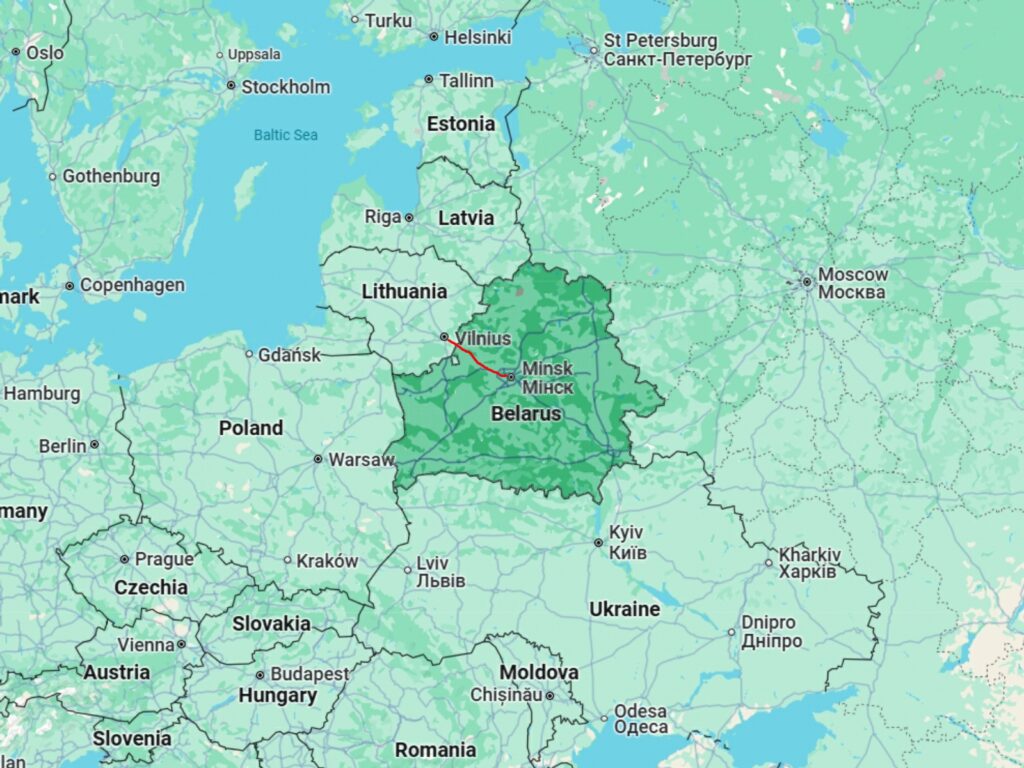
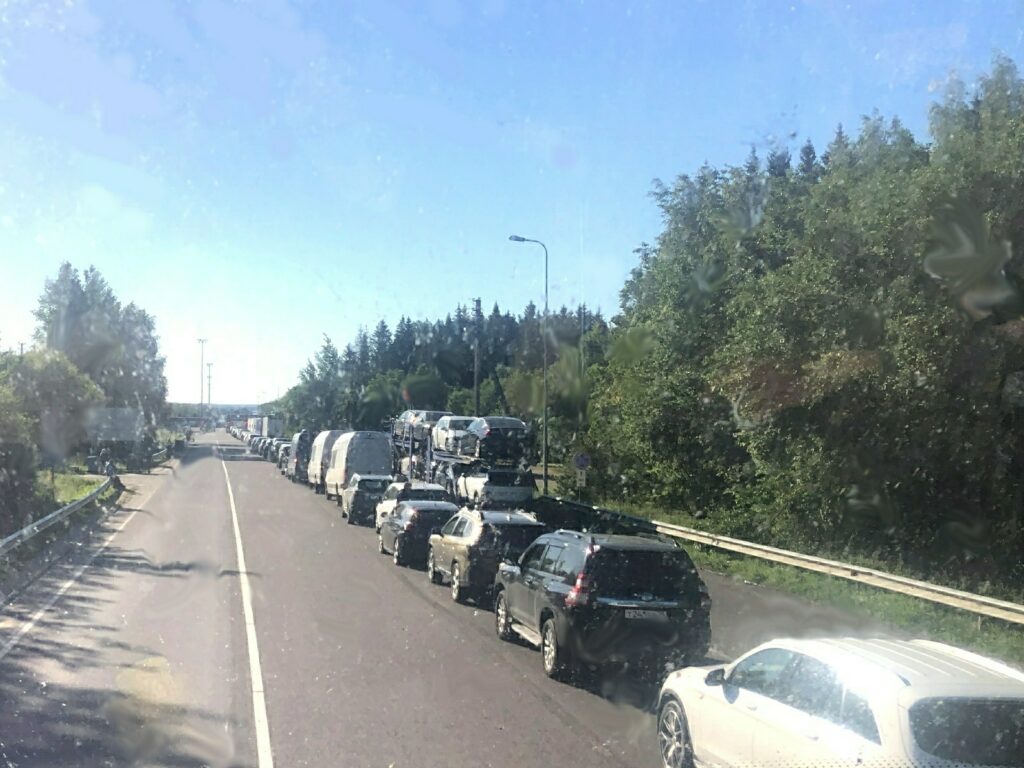
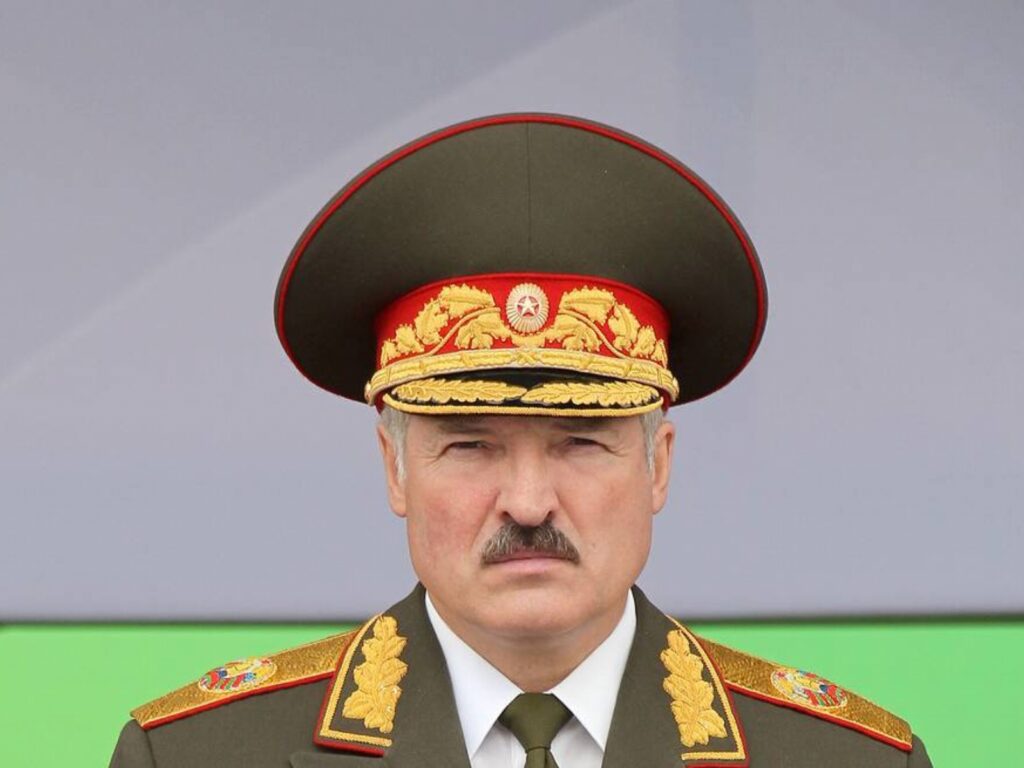
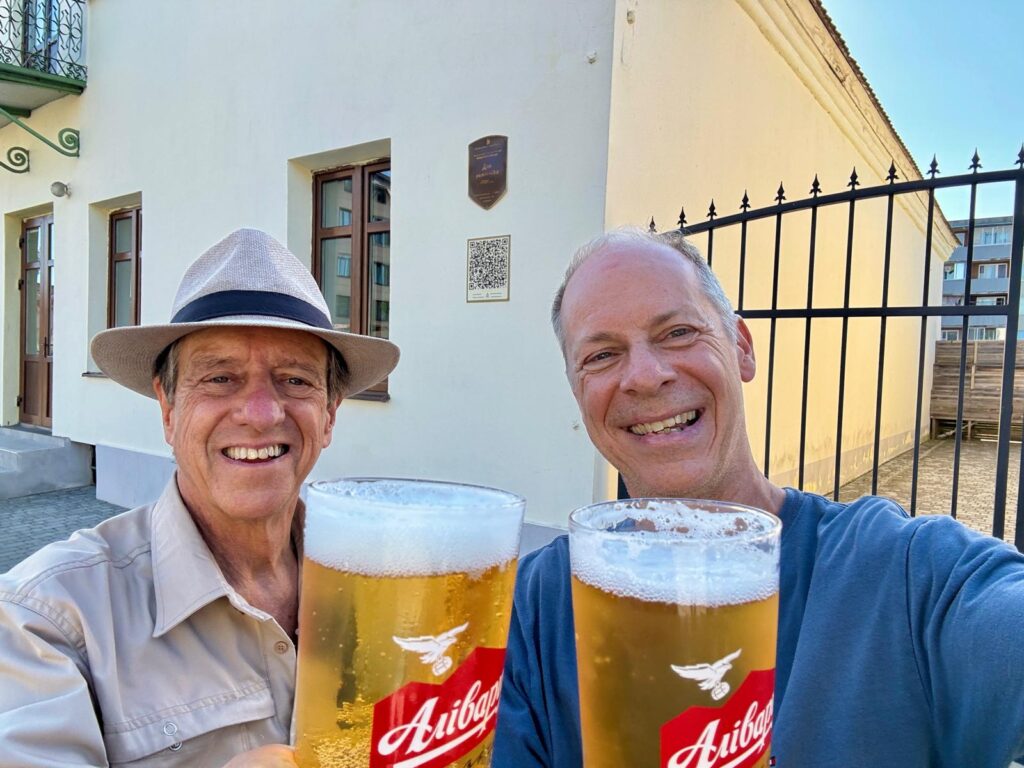
With no commercial flights between the EU and Belarus, getting to Belarus isn’t easy. First, I had to fly to Vilnius in Lithuania. From there, I took a bus to Minsk, the capital of Belarus.
I’d hoped for a quick journey between these two capital cities, but my bus ride took all day. At the Lithuania-Belarus border, police from both countries thoroughly search every car, truck, bus, passenger and their luggage. Although I was lucky to be detained only 2 hours entering Belarus, my return to Lithuania a week later took 10 hours! Apparently, there’s serious concern about anyone traveling between the EU and Belarus.
In Minsk, I met up with my adventurous friend Bart from Belgium — with whom I’ve previously visited Somalia, Chad, South Sudan and North Korea. Bart’s fluency with Russian was handy in Belarus.
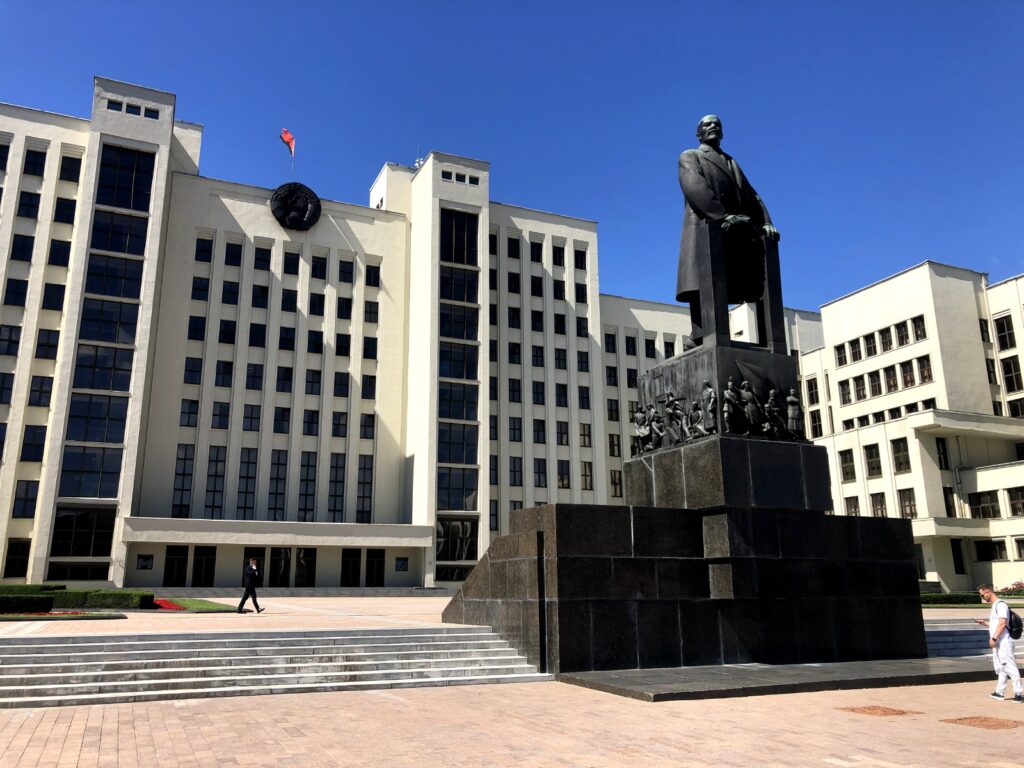
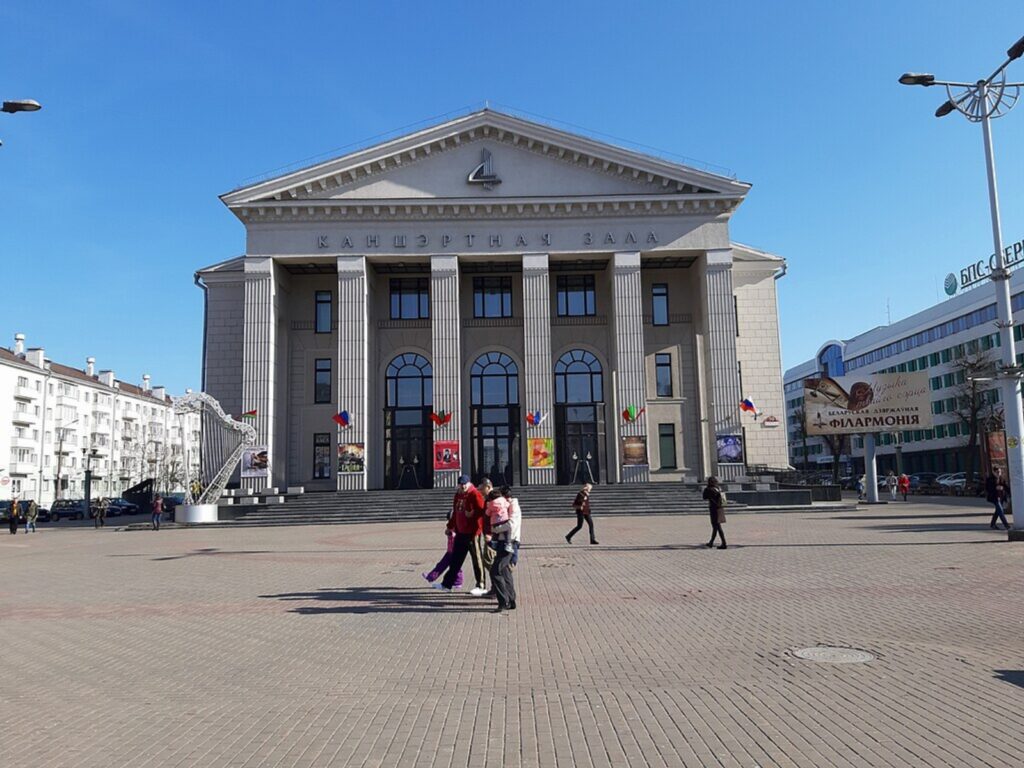
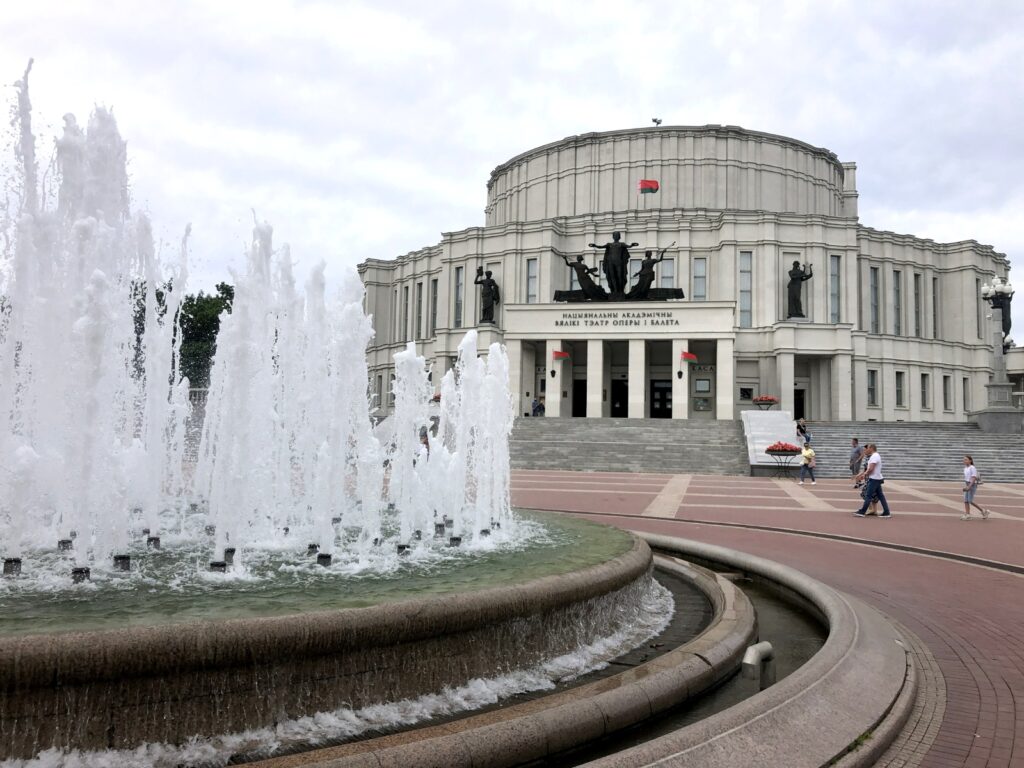
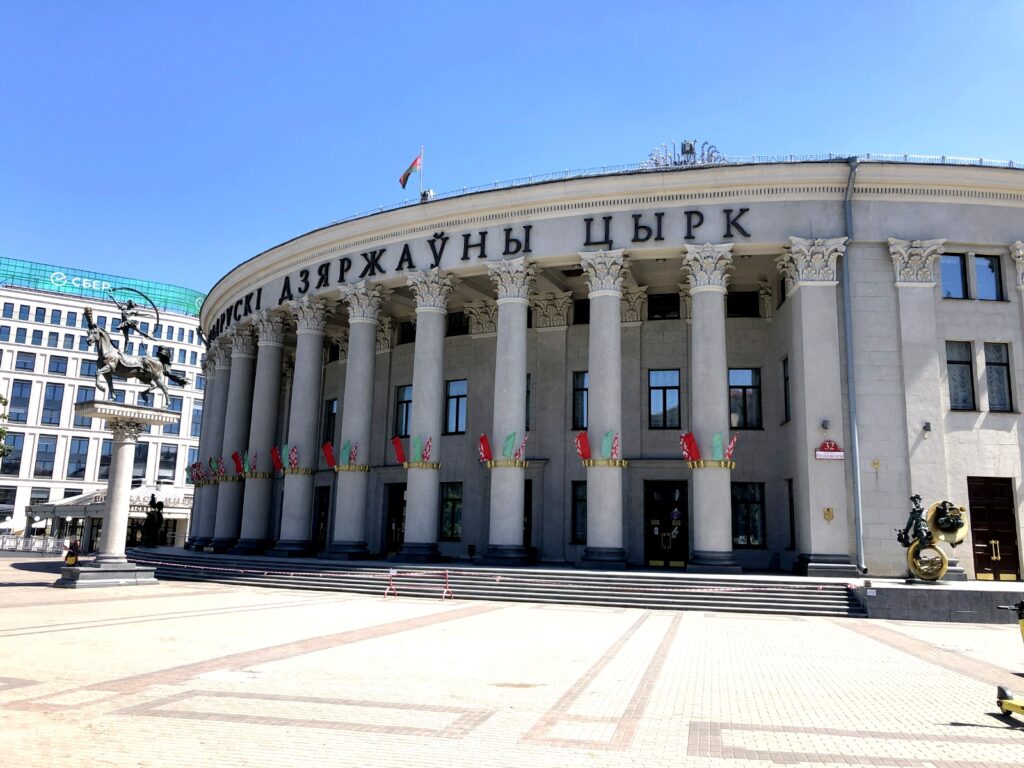
Although I had low expectations before coming to Belarus, my first impressions of Minsk were positive:
- Minsk is as clean and orderly as Tokyo, Singapore, Ashkabat or Pyongyang.
- Wide avenues are framed by stunning architecture, sparkling fountains, noble statues and sculptures.
- Public spaces and city parks are spotlessly clean. There’s no graffiti or litter anywhere.
- Prices of transport, lodging and food are very low — less than half of western Europe.
- Belarusians are friendly, helpful and happy to meet foreign visitors.
- Belarus is safe. I felt safe everywhere I went.
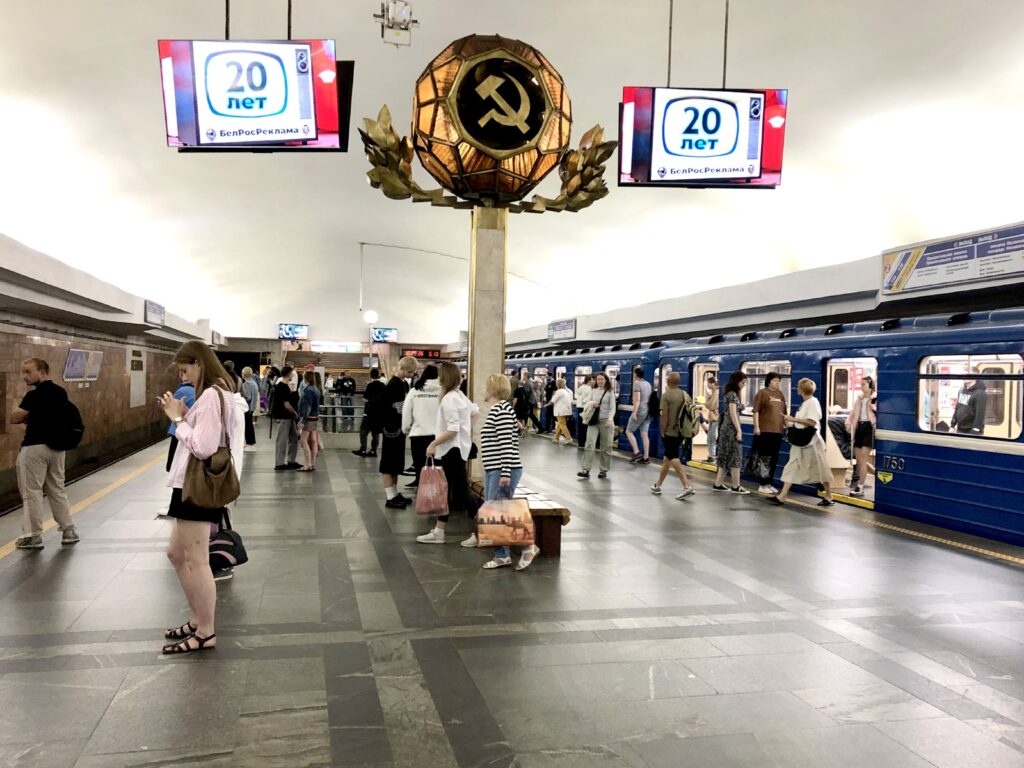
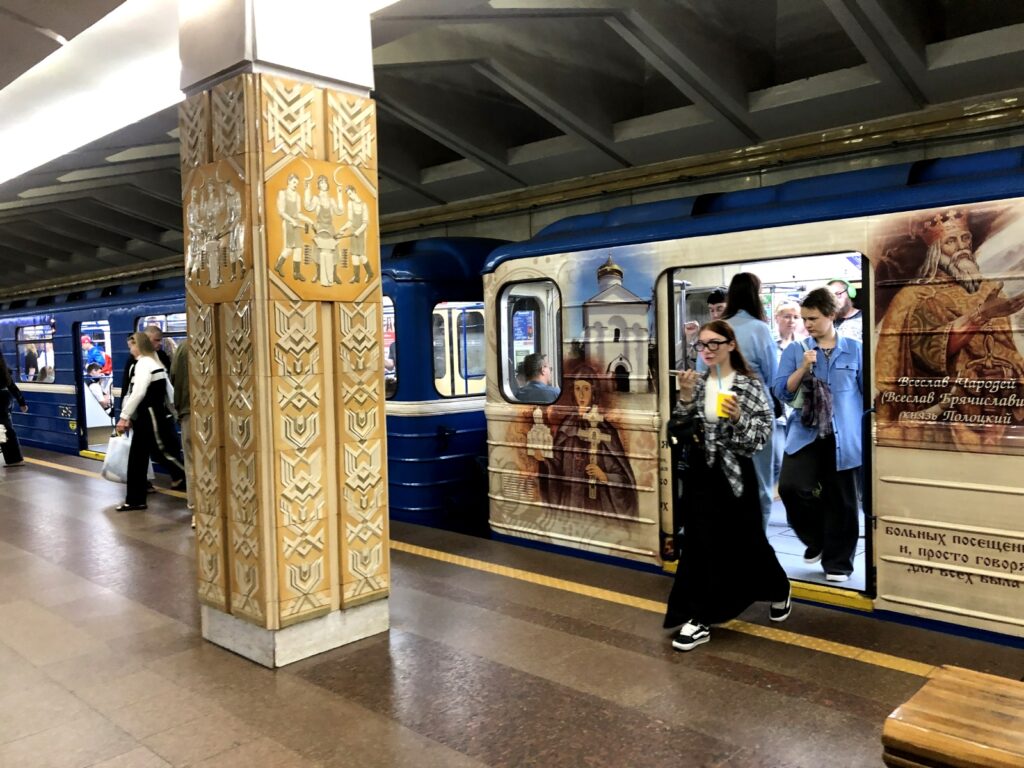
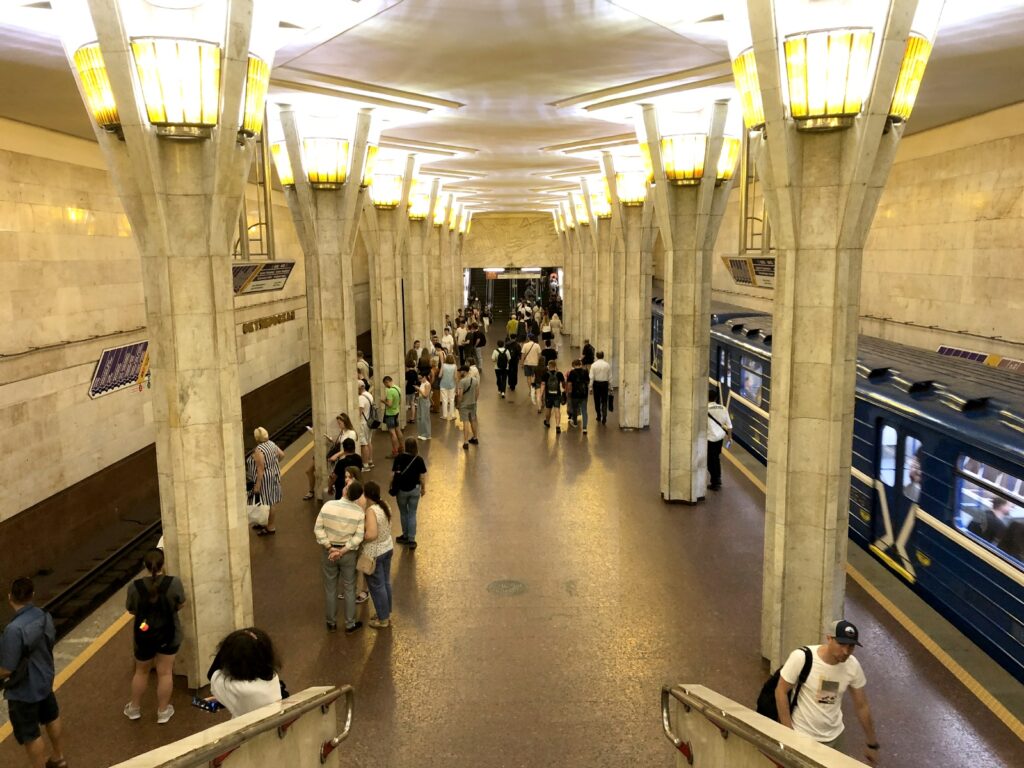
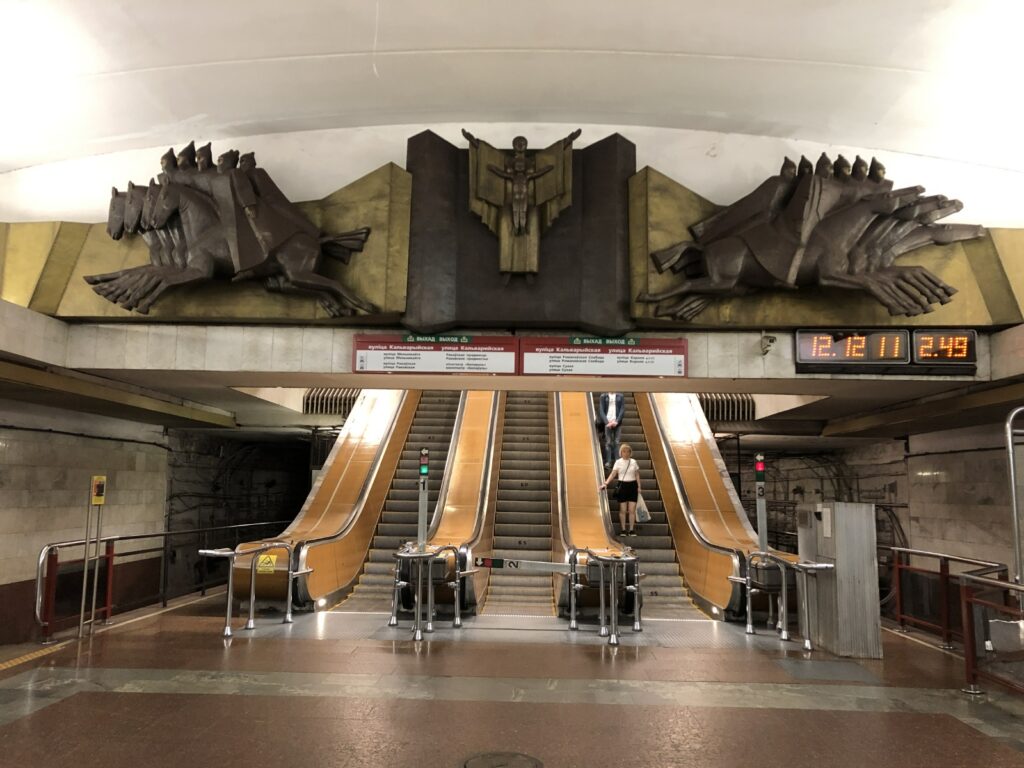
In Belarus, I traveled independently, zipping all over Minsk via subway. It’s the cleanest and prettiest subway system I’ve ever seen. Every station has elegant lighting and artistic touches. The trains are inexpensive, too. I could ride across the city for just 30 cents.
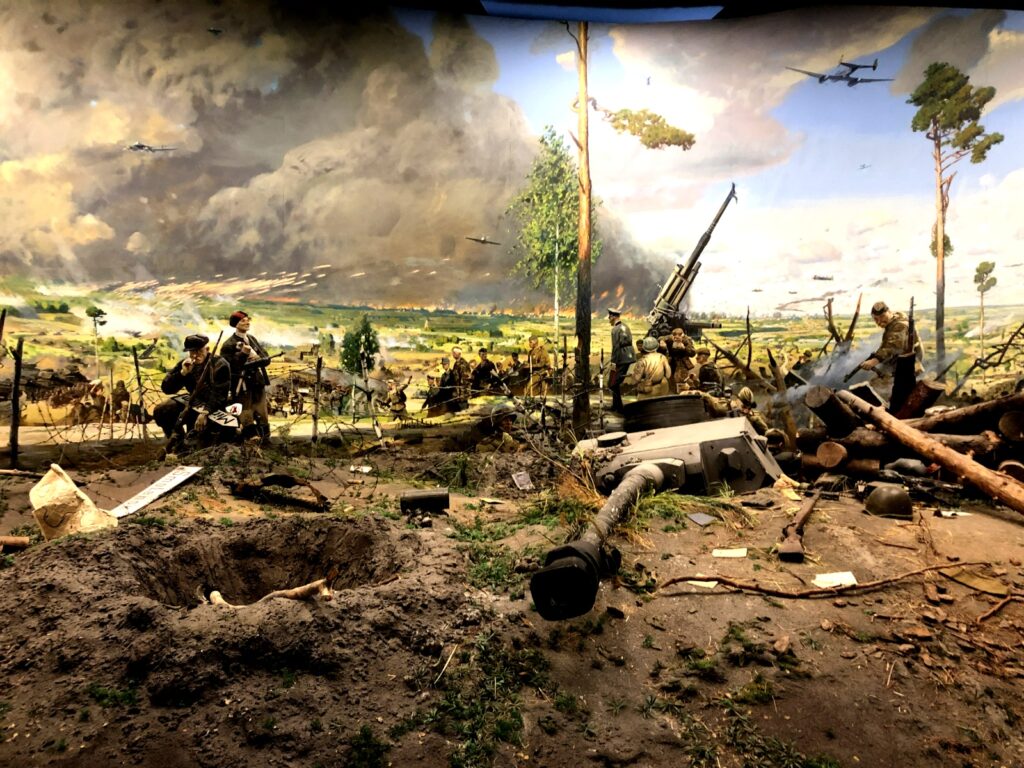
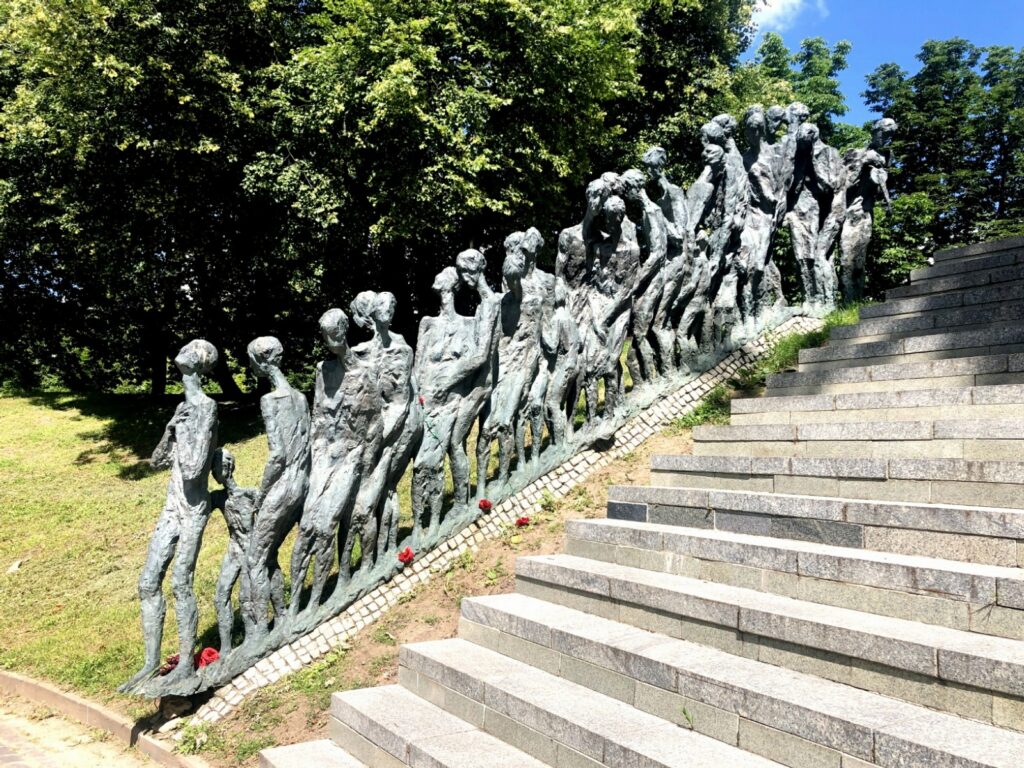
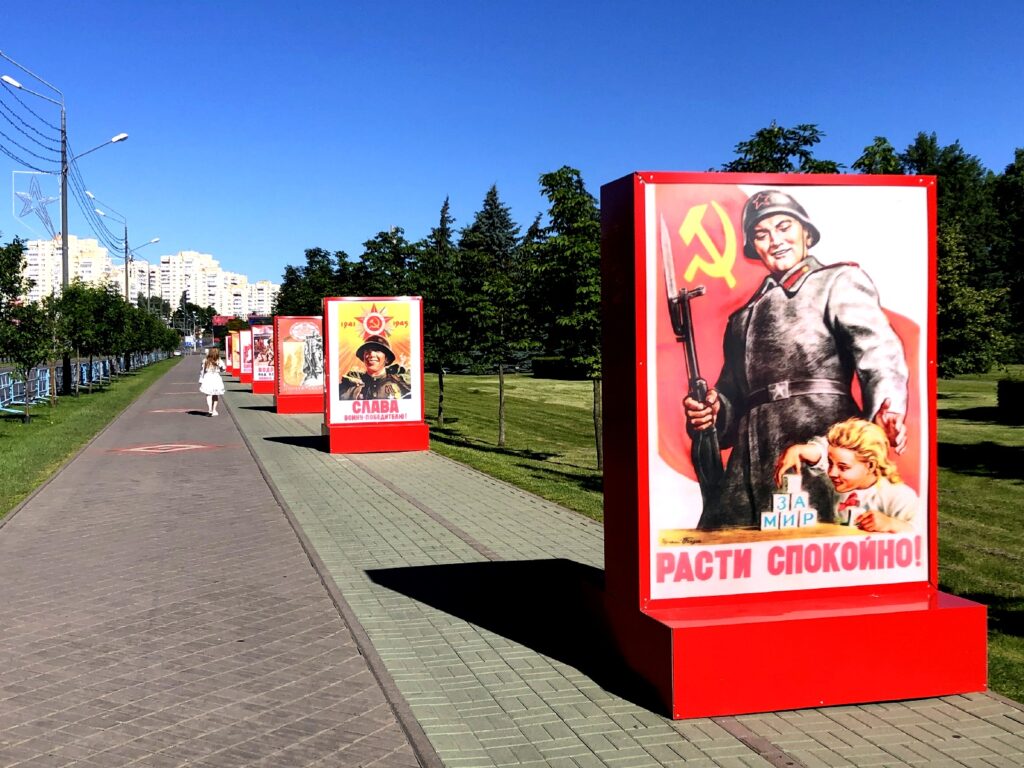
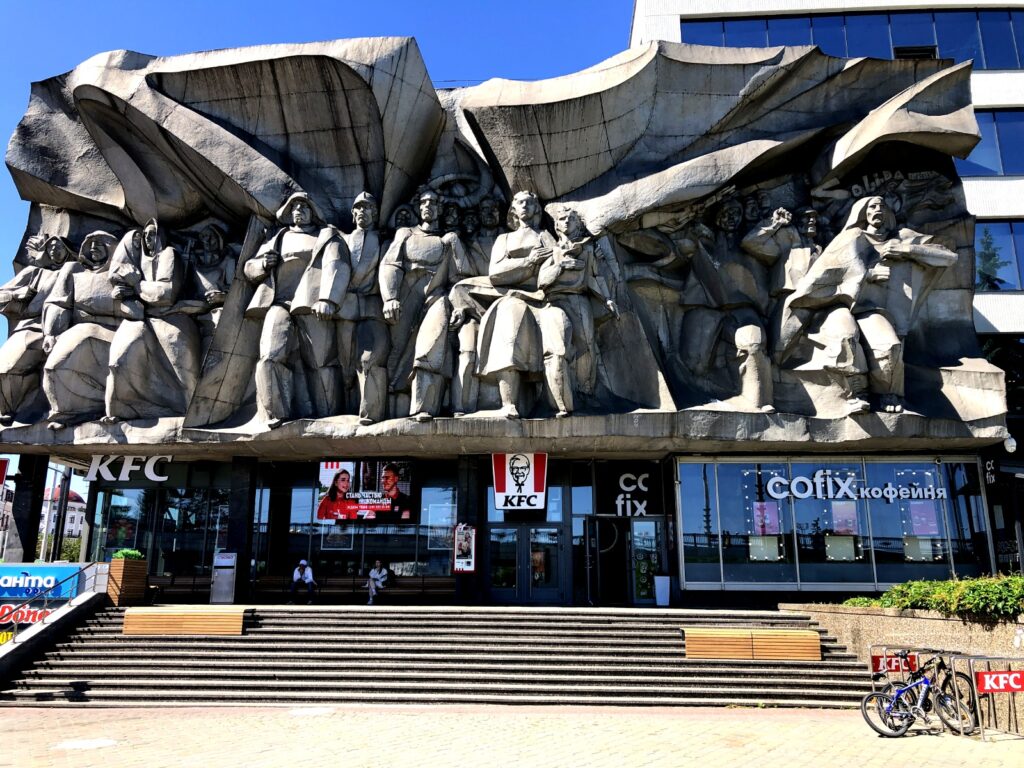
At the Museum of the Great Patriotic War, I learned how Belarus was demolished during World War II and then rose from its ashes. In 1941, Hitler’s army levelled the country en route to Russia. Minsk was 70% Jewish at that time. The Nazis sent 90% of Minsk’s Jews to death camps. In 1944, Russia destroyed what was left of Belarus when they retook the country from Germany.
After the war, Minsk was rebuilt in a Soviet style. The only sign that Jews ever lived here is a memorial to the Holocaust. Today, Belarus is decorated with statues of Vladimir Lenin and logos of the hammer & sickle. Soviet posters line the sidewalks honoring war heroes and promising to keep children safe. Typical of the soviet influence is a brutalist sculpture atop a KFC restaurant. Perhaps KFC stands for “Kentucky Fried Communism”?
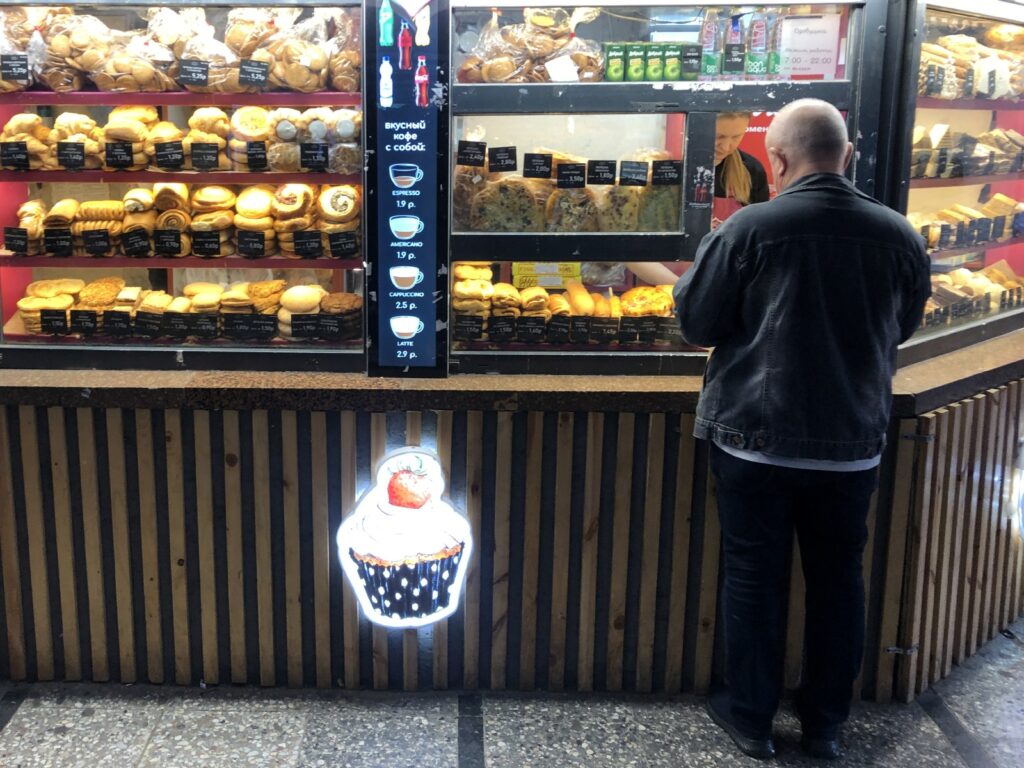
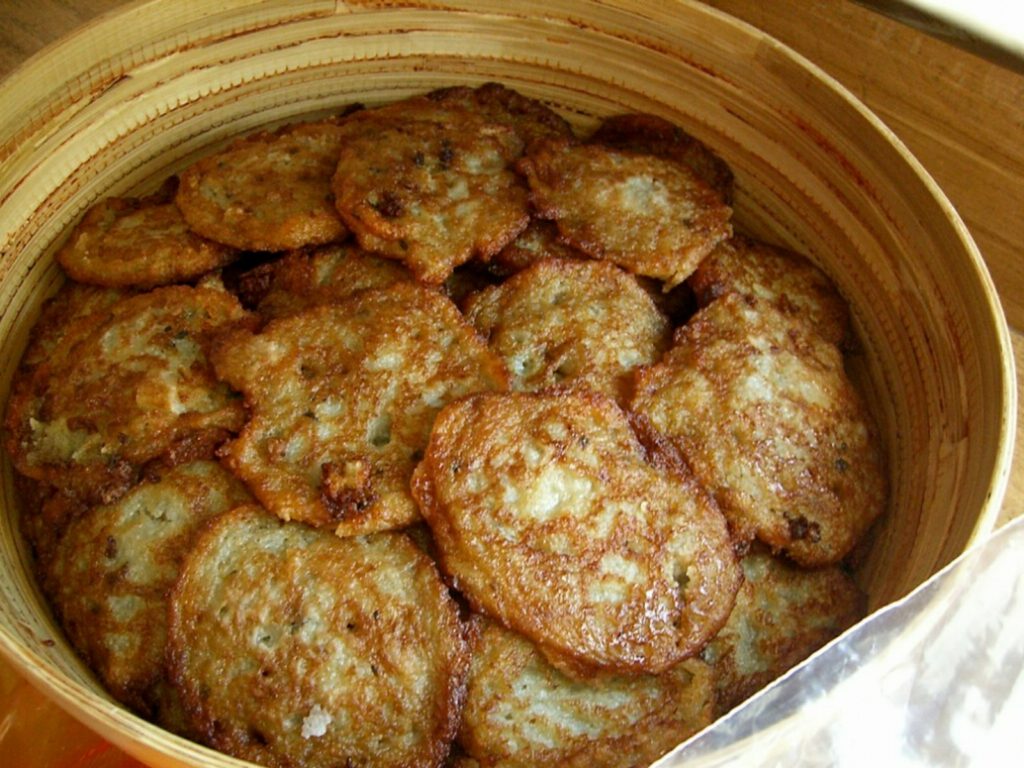
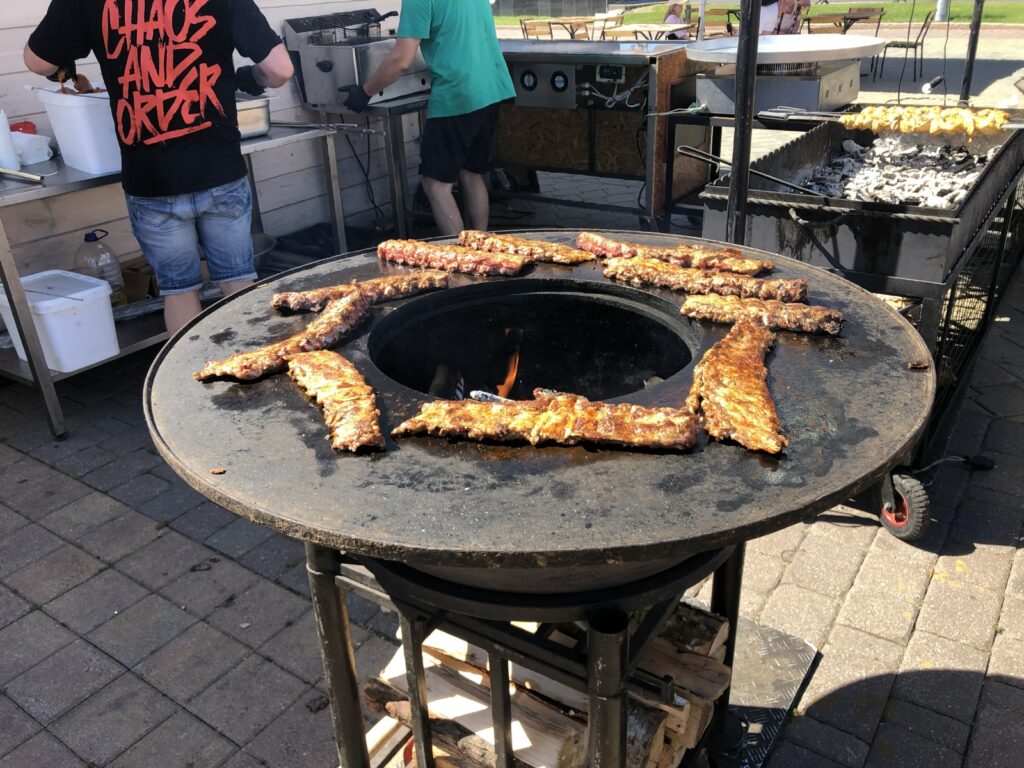
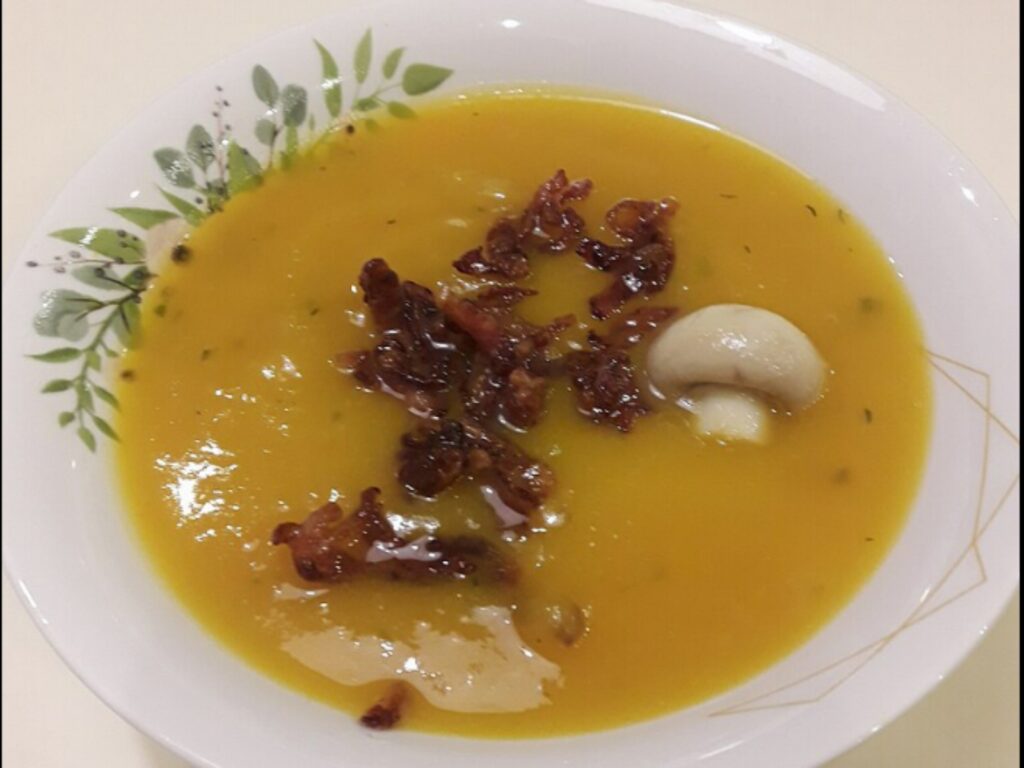
People eat well in Belarus. There are pastry shops everywhere. Potato pancakes (draniki) are served with many meals. Smells of savory barbecue waft from outdoor markets. Squash soup is delicious.
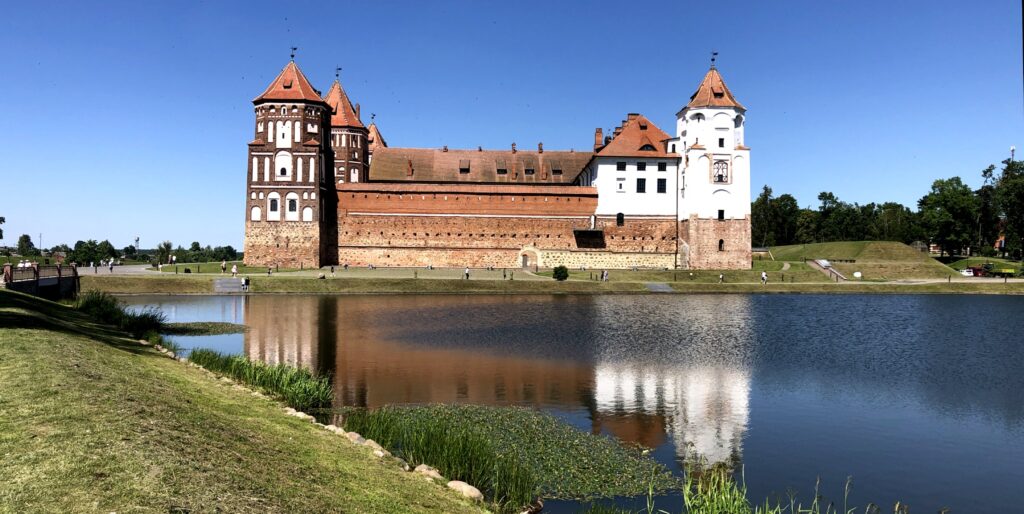
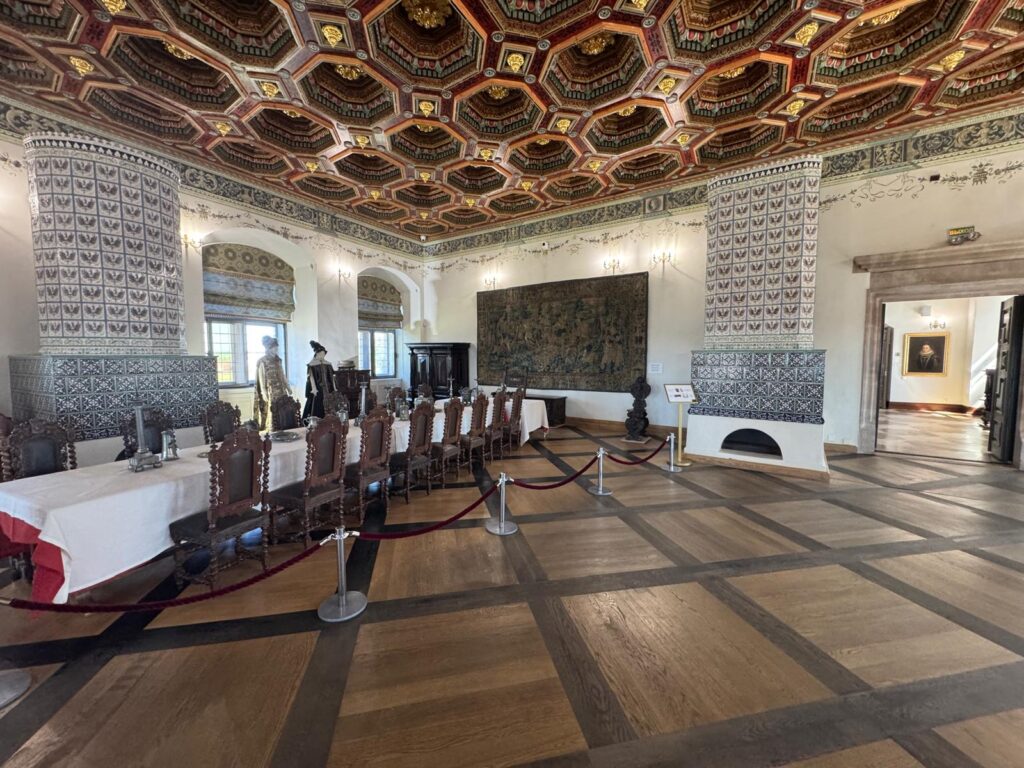
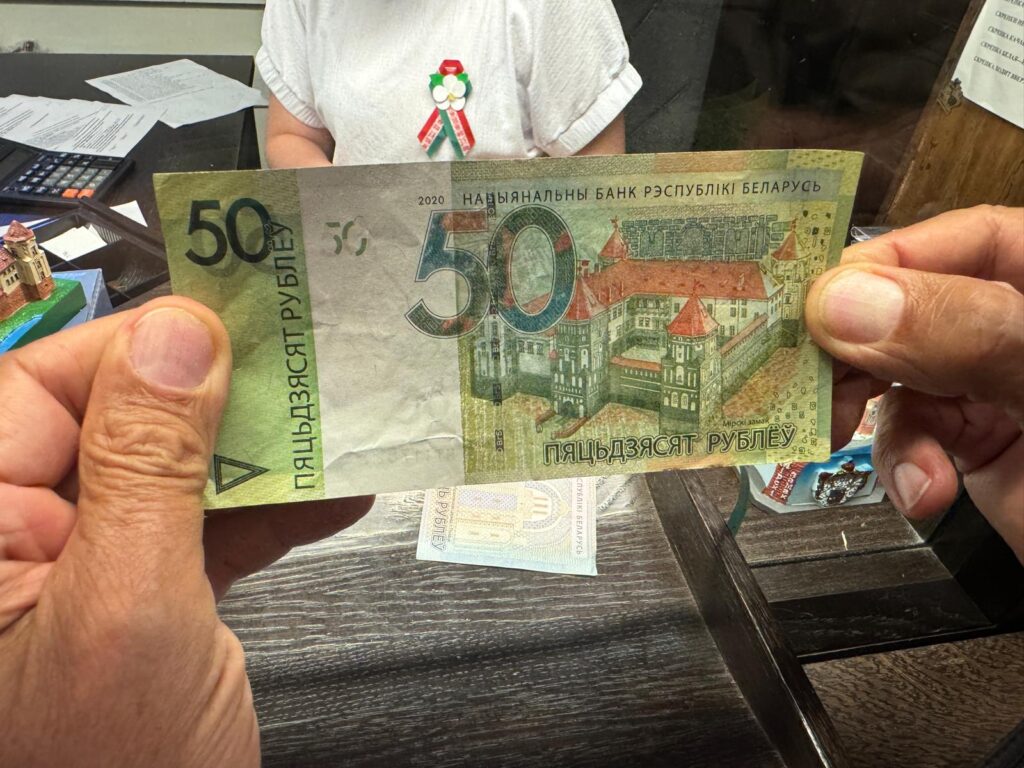
Bart and I rented a car for a day to visit two UNESCO sites outside Minsk. The first was the fortified Mir Castle. This architectural monument, surrounded by a moat, is featured on the 50 ruble note. It was a pleasure to visit such a magnificent site with relatively few tourists.
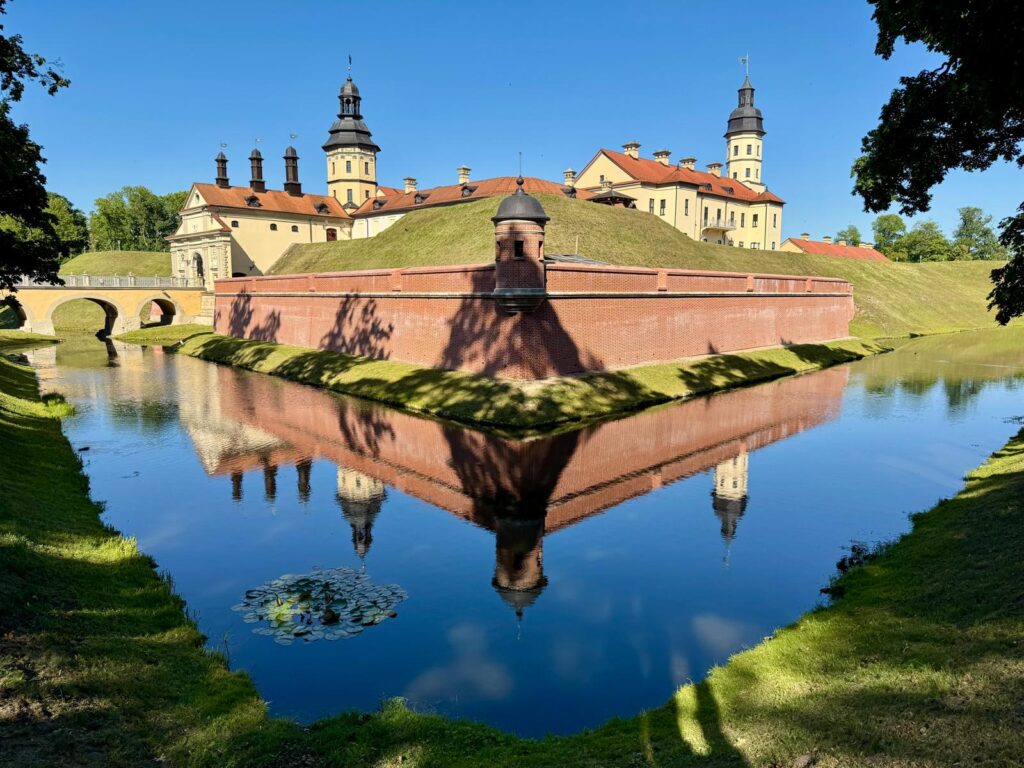
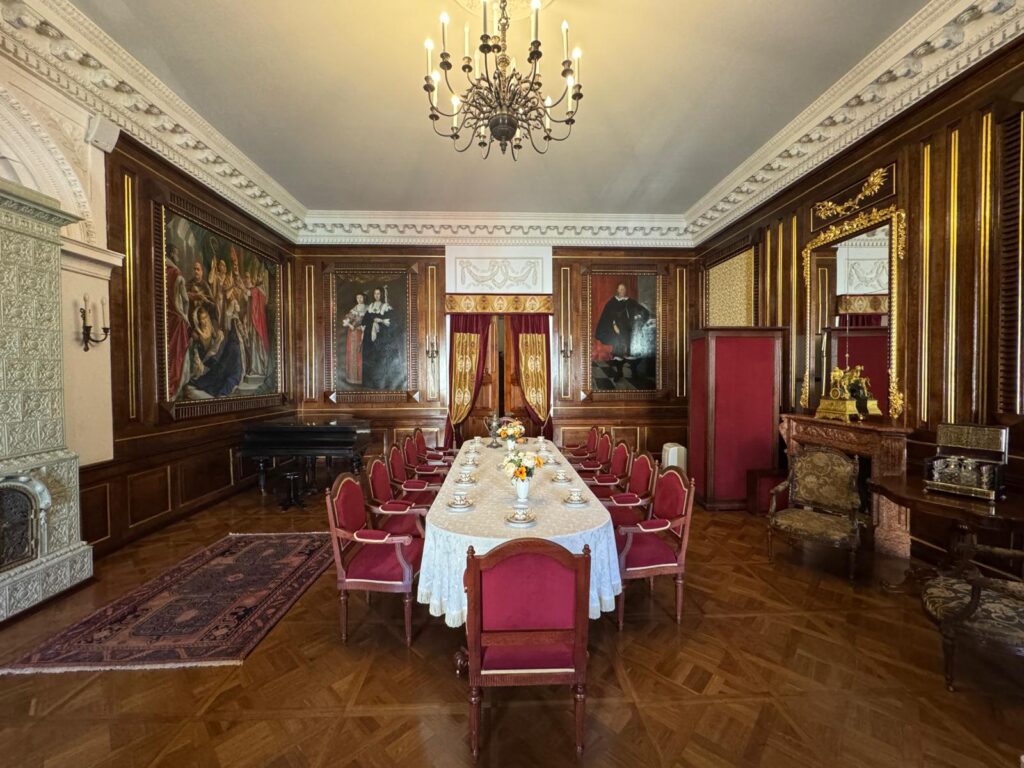
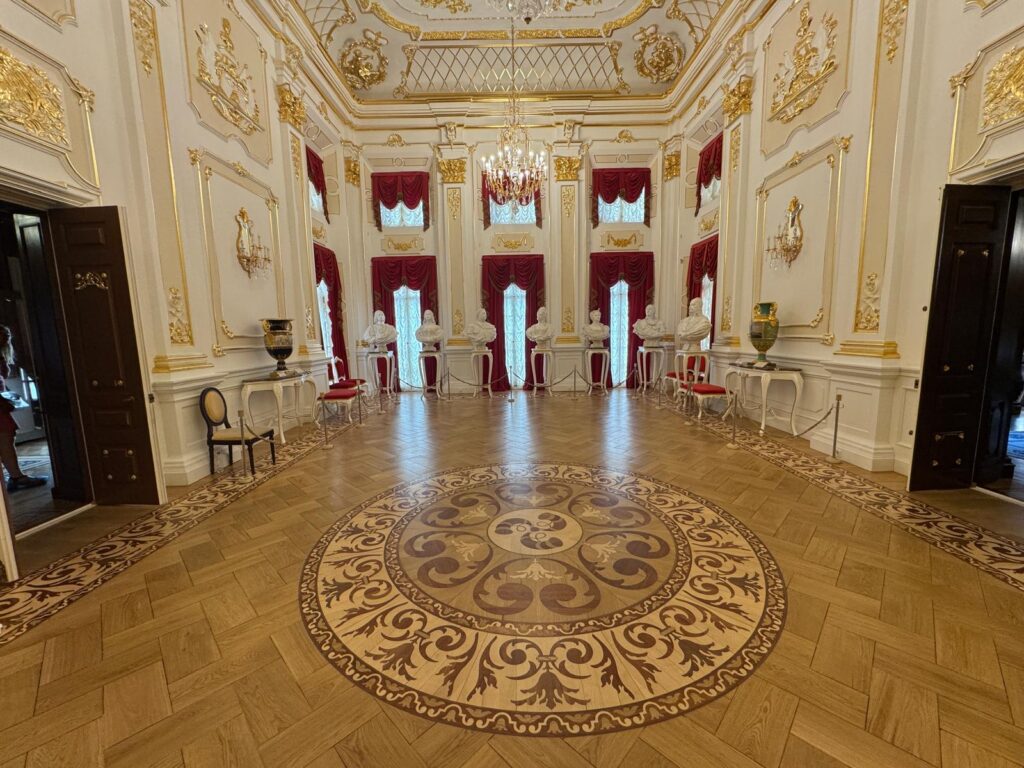
We also visited Radziwiłł Nesvizh Palace, known as the “Versailles of Belarus”. Although not royalty, many members of the Radziwiłł family served in high-ranking offices in the Grand Duchy of Lithuania. Their immense wealth and positions of power enabled them to influence the politics of eastern Europe for two centuries.
All in all, I was impressed by Belarus. With police and surveillance cameras on every street corner, I felt perfectly safe here. Still, there were a few things that seemed unusual:
- There was no commercial advertising. Subway cars were decorated with paintings of flags, landmarks and other symbols glorifying Belarus.
- There were few foreign cultural influences. There was little signage in English. I heard no western music.
- Everyone dressed uniformly and modestly, with no flashy clothing.
- Everyone observed all public rules such as no smoking in public, and crossing streets only when allowed
- There were no homeless people or beggars.
- I saw no one in wheel chairs or on crutches.
- I saw no one with brown skin.
- There is no apparent dissent against the government.
The peace and stability of modern Belarus could be summed up as “Communism at its best.” Lukashenko has made Belarus great again. As I flew back to the USA, I wondered what America would be like if our president were like Lukashenko.
I’ve now been to 192 of the UN nations. I’ve only one country left: Iran. I think I’ll wait a bit before going there.

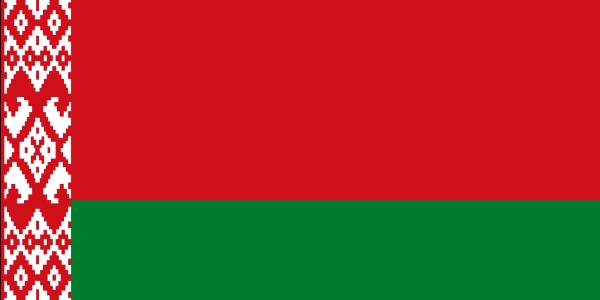
Recent Comments